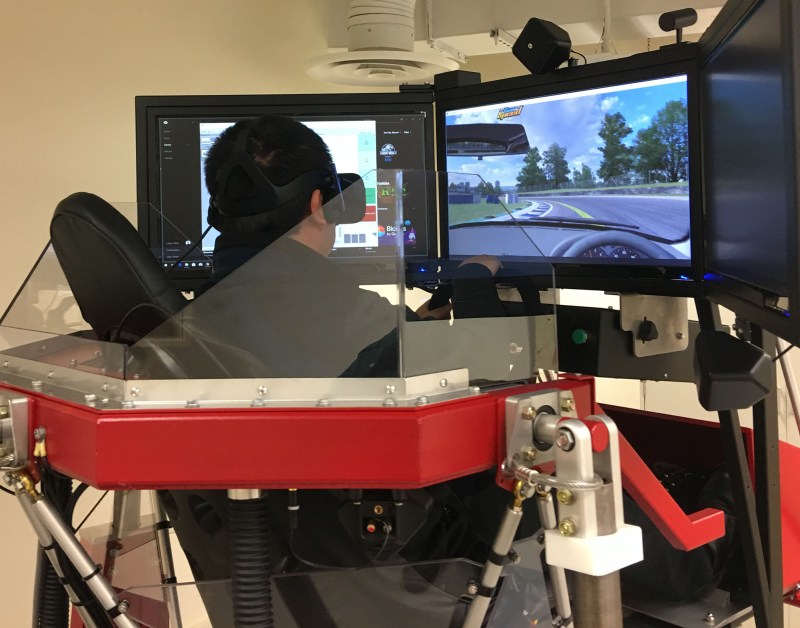VR for Police Training
Active Shooter Simulation
Develop several fully immersive 3D VR active shooter scenarios that can run on cost-effective commercially available VR hardware.


Develop and Assess Active Shooter Virtual Reality Training for Ohio Law Enforcement. PI: J.C Barnes. Co-PI: Tang Office of Criminal Justice Services. $50,000. 09. 2020-09.2021 ( $29,608)
Development of a Virtual Reality Augmented Violence Reduction Training System for Active and Mass Shooting incidents. PI: Ed Latessa. Co-PIs: J.C. Barnes, Ming Tang, Cory Haberman, Dan Gerard, Tim Sabransky. $10,000. Start-up fund. UC Digital Futures anchor tenant cohort.

Shimmer GSR sensor is used to test Physiological stress.
Checklist
Using Checklists and Virtual Reality to Improve Police Investigations. Collaborative Research Advancement Grants. UC. $25,000. PI: Haberman. Co-PI: Tang, Barnes. Period: 07.2020-01.2022.

Team:
Ming Tang, Cory Haberman, J.C. Barnes, Cheryl Jonson, Dongrui Zhu, Heejin Lee, Jillian Desmond, Ruby Qiu, Snigdha Bhattiprolu, Rishyak Kommineni
Publications:
Cory P. Haberman, Ming Tang, JC Barnes, Clay Driscoll, Bradley J. O’Guinn, Calvin Proffit,. Using Virtual Reality Simulations to Study Initial Burglary Investigations. American Society of Evidence-Based Policing’s 2023 Conference. 2023. Las Vegas. Nevada.
Design Process
To create simulated human behavior, either during the active shooting, or the casual human dialogue, the team designed a A.I system to simulate the decision trees. Please watch the technique breakdown demo.





























